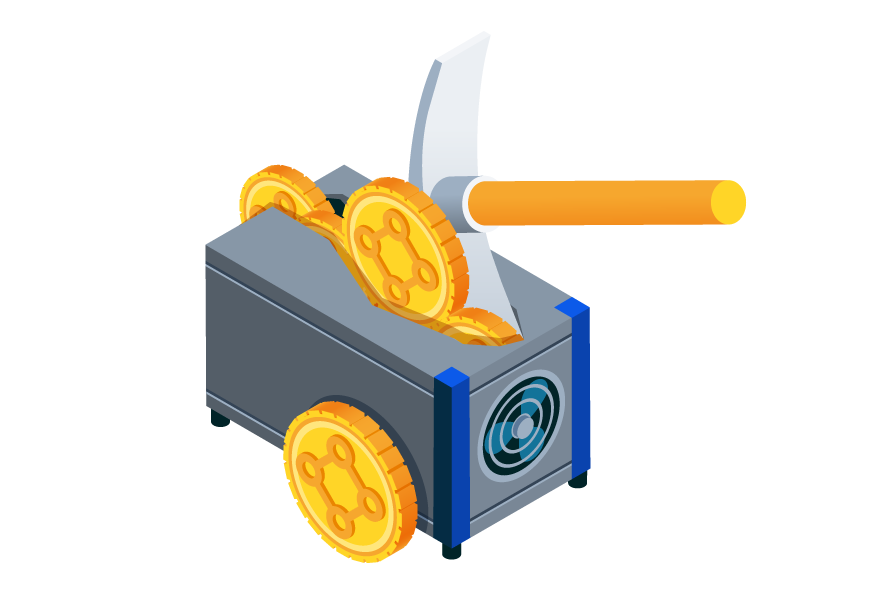
If you’ve done any reading about Bitcoin recently, you may know that one great way to make some Bitcoin is to mine it. Many miners decide, though, not to go it alone as the power of one just can’t compete with the mining pools out there today. Understanding exactly what a mining pool is, though, and how to get started can be tough. Fortunately, this quick guide can help you get there.
What is Mining and Why Does It Matter?
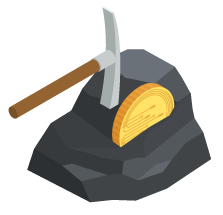
Wondering why miners matter so much? They’re the backbone of Bitcoin itself. Without miners, Bitcoin would be fairly easy to attack. Miners have to create new Bitcoin and verify transactions on the blockchain. Each time they process 1MB of transactions, another block is added to the chain. Then miners have a chance to solve a tough problem with their computing power. If they’re the first to do so, they win the Bitcoin. It’s tougher to solve those problems all of the time, though, and the rewards are increasingly small as more Bitcoin is released. As a result, most mining isn’t done with home computers. Instead, it’s done with massive amounts of mining hardware in large, specialised warehouses that direct their hashing power toward the pool.
The First Step

If you think mining might be the way to go, there is a first step you need to take. Before you can do anything else, you’ll need to invest in a wallet. Every mining pool will ask you for your wallet address so you can collect your mining rewards and payouts. If you’re not familiar with a Bitcoin wallet, there are essentially two types available – hot wallets and cold wallets. Hot wallets store your information online and make it easy to move Bitcoin from one person to another. Cold wallets, though, keep things a bit more secure in the offline space. Both have benefits and drawbacks, and if you don’t have a wallet yet, it’s worth doing a bit of research before you make a choice.
Making an Investment
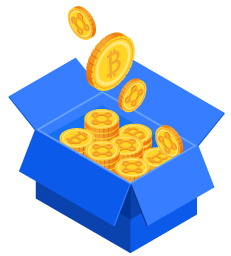
If you think you’re ready to join a Bitcoin mining pool just because you’ve got a wallet, hang on! If you are simply in it for the Bitcoins, mining may not be the best path forward for you. The easiest way to get into the world of Bitcoin is to just buy it, and some sites, like Coinbase, even have an offer for free Bitcoins when you purchase a certain amount.
If you think you want to start mining, though, know this. Becoming part of a Bitcoin mining pool is not the same thing as signing up with a Cloud mining service. Cloud mining allows you to pay a service provider to mine for you. There are rewards involved, but not at the level joining a mining pool offers you.
Still ready to mine? You’ll need to invest in the right equipment. In addition to a wallet, you will need Bitcoin mining software. ASIC miner is probably the way to go. While you may read about GPU mining software, it’s not as profitable as it once was, and many pools are concerned about letting individuals in running GPU mining software.
Once you have Bitcoin mining hardware at your disposal, you may be wondering what your next step might be. For many, the best choice is to join a Bitcoin mining pool, and it’s easier than you think to do so. It also comes with some fantastic benefits.
Understanding Mining Pools
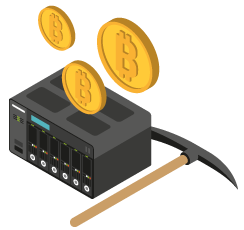
The simple definition of a Bitcoin mining pool is a group of miners who cooperate to share their rewards by combining their hash power. They’re pretty beneficial to the average miner because they mean more predictable rewards, but they do really concentrate that power with the pool’s owner. If you should want out at some point, though, it’s possible to redirect your hashing power toward a different pool at any point in time. You’re not always going to be stuck with the same mining pool just because you decided to join them initially.
Mining pools are based all over the world. China mines the most Bitcoins, and in fact, many of the biggest, most powerful mining pools are in China. One of the reasons for that is that electricity in the company is incredibly cheap. That means Chinese Bitcoin miners are able to take advantage of that and get a bit more has power. Chinese mining pools own something like 60% of Bitcoin’s hash power, which means it’s incredibly concentrated in that country. Georgia is another huge producer of Bitcoin. Their one mine – BitFury – mines about 15% of all coins. All of the other countries together mine about 80% of all the bitcoins in the world. The power here is spread out among much smaller pools all over the world.
This is actually a serious problem facing Bitcoin right now because there are twenty major mining pools, and 81% of them are in China. While that may not mean much to the average mining pool, it can mean fewer rewards in the long run, and it’s an issue that Bitcoin will have to face at some point in time.
Choosing a Mining Pool to Meet Your Needs
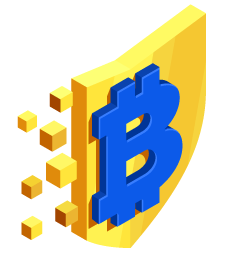
Deciding which mining pool to join can be a tough choice. Take a look at some of your biggest options before you decide.
Poolin mines nearly 18% of all of the blocks available. Based in China, they have a website in English, and it’s incredibly easy to join. They have proprietary software, and it acts as a proxy between the miners and the pool to help reduce network traffic and allow miners to sync their settings. There is a minimum payout and a 4% fee.
F2Pool is also based in China, and they mine approximately 17% of the blocks out there. They offer their service in Russia, Canada, and the U.S., and they may become the biggest mining pool in the near future. Their fees are a bit higher than other services – almost 4%, but they do offer daily payments, and they operate on a system that rewards the people who mine the most. Additionally, they offer great customer service, and you can even mine for other cryptocurrency when you work with them. The one downside is that if you leave your account inactive for too long, you may be deactivated.
BTC.com, also a Chinese based mining pool, is a public pool that handles about 15% of all the block produced. Antpool, like the previous options listed, is based in China and it is owned by BitMain.
11% of the blocks mined today are done so by Antpool. It’s a free one to join, and they don’t have a payout threshold. They do, though, have a hidden fee structure.
ViaBTC is a fairly new option, and it’s targeted toward those based in its home country of China. It handles approximately 9% of all the blocks mined. One Chinese pool is made from two pools together – 1THas and 58coin, and they handle 5.3% of all of the blocks mined today.
Slush is one of the most popular mining pools to join, but they only handle about 11% of the blocks. Slush is based in the Czech Republic. They were the first mining pool. They offer a low 2% fee and great customer service, as well as fantastic security. They’ve worked with thousands of miners, and the interface is easy to use.
There are some private pools, too. BTC.top is one of them. They mine 7% of all blocks. Bitfury is another one, but they’re based in Georgia. Today, they mine approximately 3.5% of all the blocks available. These private pools, though, are not looking for new members.
As you work to select a mining pool to meet your needs, it’s important to note that the location of a pool doesn’t really matter. Many of the pools have servers in every single country today, so even if your mining pool is based in China, you would be able to connect to a U.S. based server.
Ready to get started? Just select a mining pool to meet your needs and get busy!